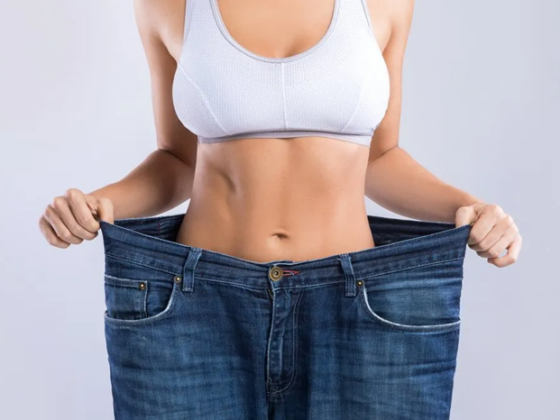Siding for the exterior decoration of houses
The finishing work of the house on the outside is the final stage of construction, it occurs last. This stage must be approached with all responsibility, since aggressive environmental conditions and mechanical damage are most susceptible to external decoration.
Facing materials
There are a lot of finishing material in the construction market at this time, but siding is considered the most popular among consumers. The lining of the house with siding has many advantages, this is due to the unique properties of the material itself. It retains its unique outer appearance for many decades, remaining the same strong. Panels made of steel, they are processed at low temperatures, and then at higher temperatures, zinc type coating is applied. Then the material is covered with polymer compositions.
Types of siding
Metal siding is used to clad the outer surfaces of industrial buildings and residential buildings. Cold steel provides reliability and stability. This is one of the most important factors in the construction of hangars, industrial buildings, warehouses and much more. A metal -type siding has a variety of surface texture: smooth and profiled. In addition, metal siding can be painted in any color.
Vinyl siding – the most demanded material for finishing. As a rule, it is used to clad private houses and low -rise commercial buildings. Its advantage is universality, it replaces the decoration on the walls, is it either concrete, brick or tree. The material is not afraid of temperature differences, direct sunlight and moisture. The construction market represents more than two dozen color schemes.
The base is the most unprotected from the harmful effects of the house of the house. Big deposits, dampness, spring floods, mechanical damage contribute to basement. Siding basement is the best option for protecting the lower area of the house, as it is made using special technology. Panel thickness 2.5 mm -3. That is, three times more than the thickness of the vinyl type panels. The panels are made of polymer based polypropylene with additives that are resistant to mold, rust, fungi, ultraviolet rays and much more.


